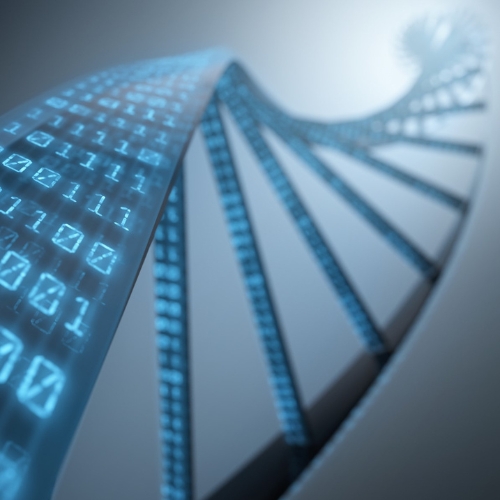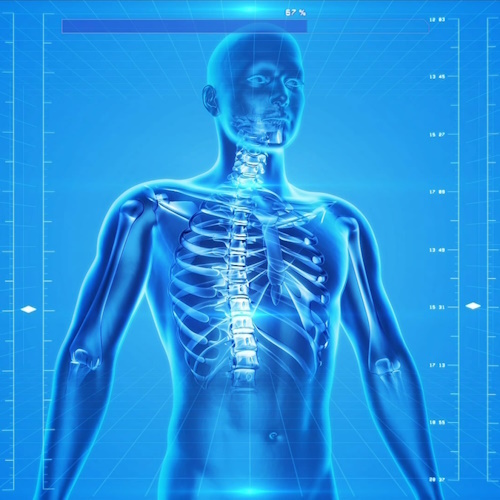Key points from article :
Researchers have used AI to design proteins that can switch between two different states, like a biological transistor.
Lead author Dr. David Baker envisions many uses for these nanostructures, such as responding to chemicals and drug delivery.
This research has the potential to yield novel medical treatments with the potential to combat diseases like Alzheimer's and cancer.
The proteins could also be used to create new materials with specific properties.
The AI was trained on a dataset of known proteins to create "hinge proteins" that change shape when a small trigger molecule binds to them.
The study used a small number of proteins, but the researchers believe believe that the technology could be scaled up for a wide range of applications.
The researchers are also working to develop new ways to design proteins with even more complex functions.
The next step of the research is to test the proteins in living cells.
The researchers are also working on developing ways to make the proteins more stable and efficient.
Research conducted at University of Washington was published in Nature.







